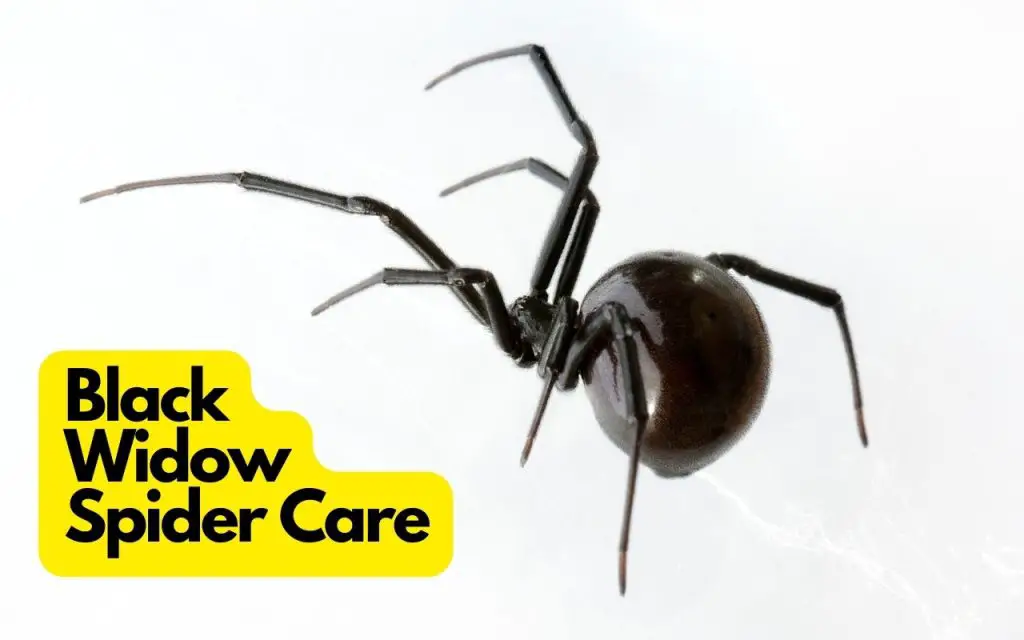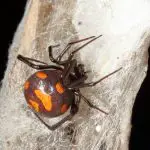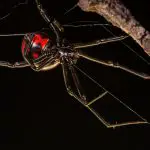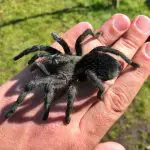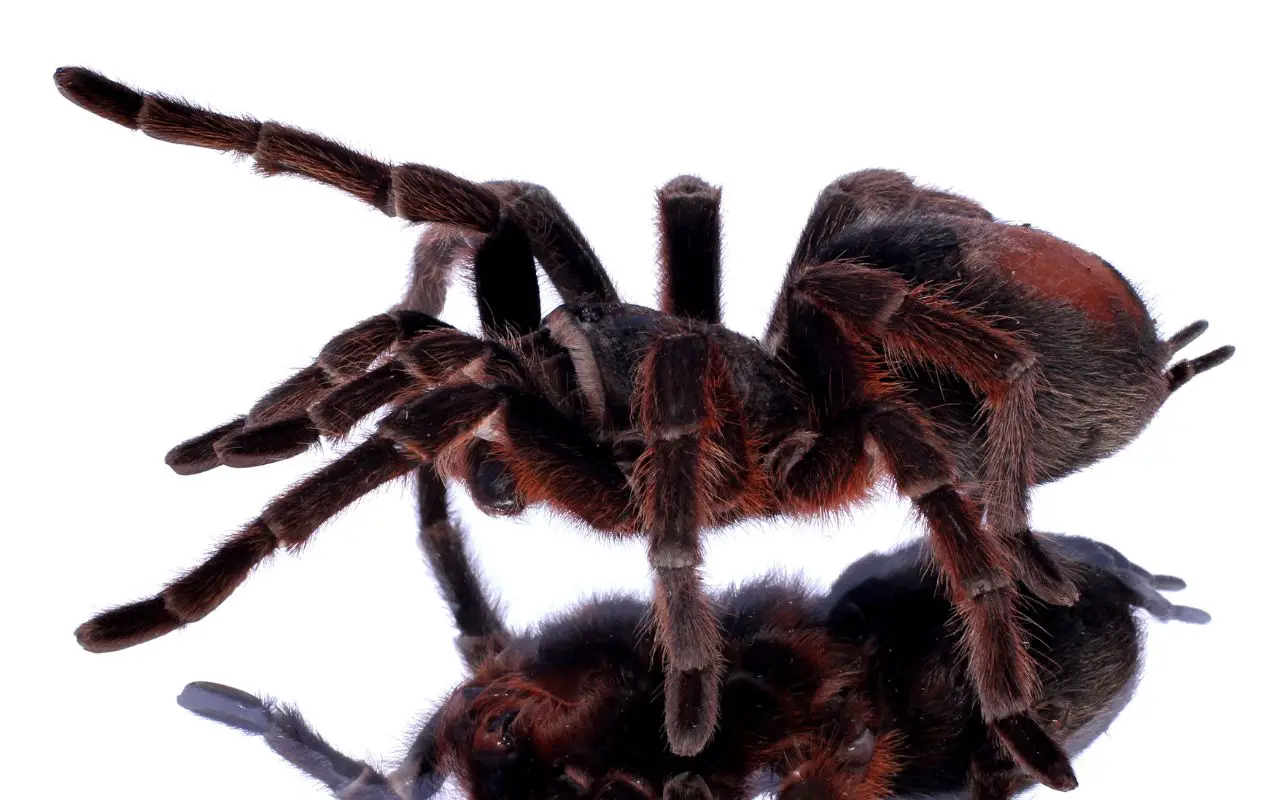Last updated on June 23rd, 2023 at 08:28 am
As an arachnid enthusiast, I often surprise people when I mention my fascination with the notorious Black Widow spiders. Yes, they’re infamous for their venomous bite, but there’s so much more to these fascinating creatures than meets the eye. In this blog post, I’ll share insights from my own experiences, debunk some misconceptions, and give you a unique peek into the world of Black Widow spider care.
Black Widows as Pets
Firstly, let’s address the elephant in the room – why would anyone want a Black Widow as a pet? The answer is simple. Black Widows, with their shiny black bodies and red hourglass markings, are remarkably beautiful. They are quiet, low-maintenance pets that can provide a great learning opportunity about an often misunderstood creature. However, remember, they’re not traditional pets. They require careful handling due to their venomous nature.
Black Widow Spider Enclosure
Housing a Black Widow isn’t complicated. A small, ventilated, secure enclosure (about 10 gallons) with plenty of hiding places is ideal. They’re web-dwelling spiders, so adding vertical decor like sticks or faux plants for web anchoring points is recommended. Here’s a simple checklist for setting up a Black Widow enclosure:
- Secure, ventilated enclosure (10 gallons or larger)
- Substrate (soil, peat moss, or coconut fiber)
- Vertical décor (sticks, faux plants)
- Hiding spots (cork bark, small clay pots)
Diet
Black Widow spiders aren’t picky eaters. Their diet mainly consists of small insects like flies, mosquitoes, and small crickets. However, they have been known to take down larger prey in the wild, such as beetles and grasshoppers.
Acceptable prey items include:
- Rollie pollies
- Flies
- Grasshoppers
- Crickets
- Mealworms
- Superworms
- Waxworms
- Hornworms
Of these, you’ll find that crickets and mealworms are most widely available in pet stores. If you have a greedy spider, it might even be easier buying these than hunting for bugs in your backyard.
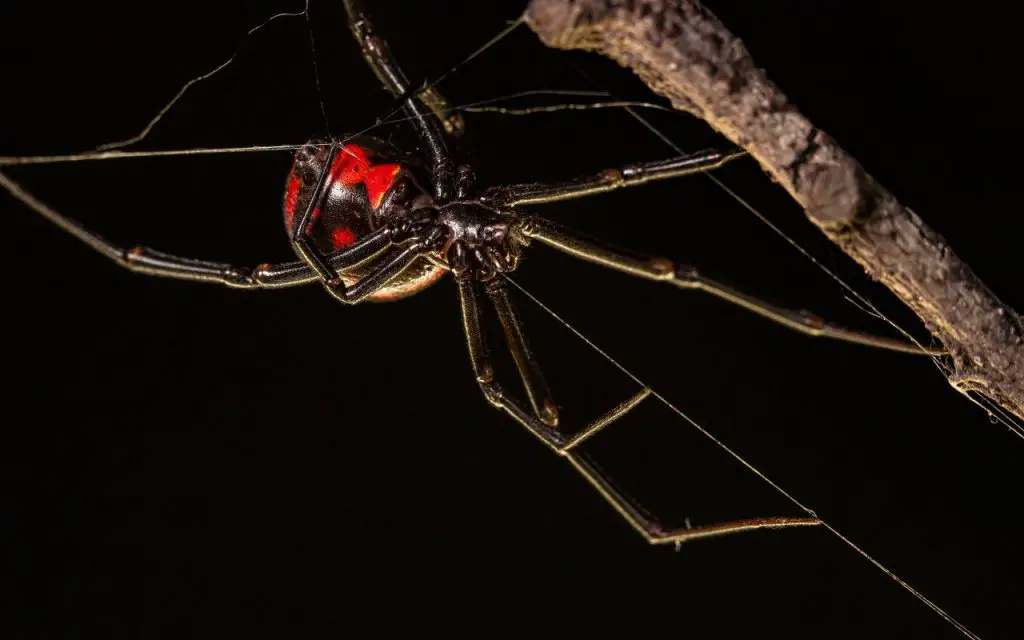
How Often do Black Widows Eat?
These spiders aren’t big eaters. They can go for long periods without food – in some cases, weeks! However, as a responsible pet owner, I feed my Black Widows one or two small insects once a week.
Temperature
Black Widows are resilient creatures that adapt to a range of temperatures, anywhere from 60°F to 80°F. However, I’ve found that they thrive best at room temperature, around 70°F – 75°F.
Humidity
Humidity needs to be regulated as well. A spray of water on the side of the enclosure once or twice a week should suffice. Overdoing it could create mold, which can be harmful.
Do Black Widows Need Water?
Yes, they do, but not much. They receive most of their hydration from their prey. Occasionally misting the side of the enclosure will allow them to drink if necessary.
You might notice that your spider occasionally drinks from droplets of water on the glass/plastic or leaves. Don’t worry if you don’t though – so long as you keep misting on a regular basis, your spider will be fine.
How Often do Black Widows Lay Eggs?
Female Black Widows can lay up to nine egg sacs in a summer, each containing over 200 eggs. However, in captivity, the number is usually lower. Each sac takes about 20-30 days to hatch.
If your spider does lay an egg sac, it’s probably best to remove it and put outside somewhere. After all, the spiderlings are tiny. They will definitely escape into your house!
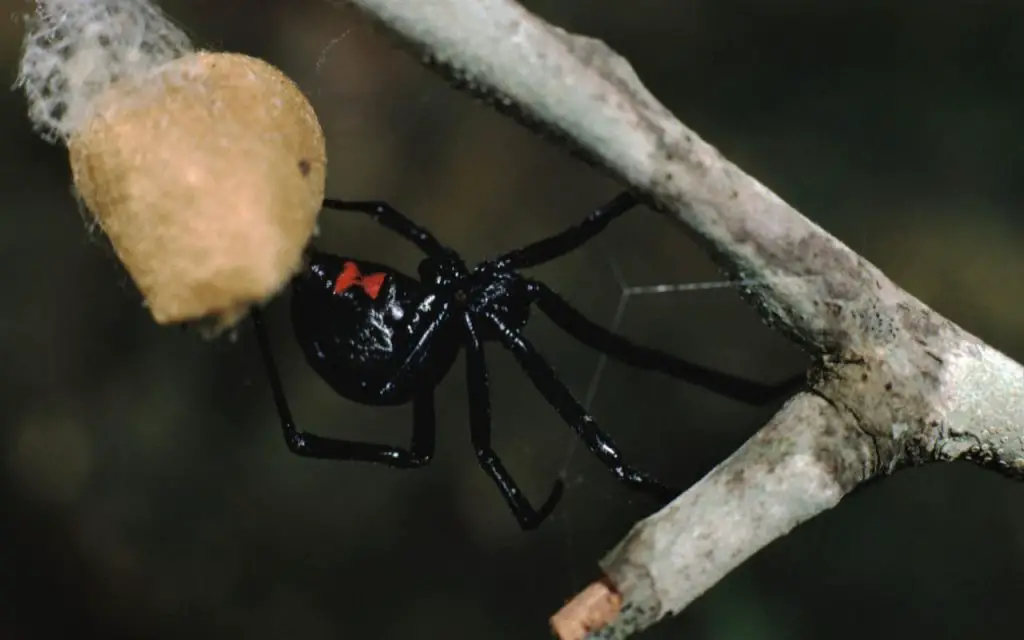
Black Widow Spider Bite
A Black Widow’s bite is harmful but rarely lethal to humans. It can cause pain, muscle aches, and fever. However, bites are infrequent, even from captive spiders. They bite only when threatened or accidentally disturbed.
Black Widow Pet for Sale
If you’re considering a Black Widow as a pet, ensure you buy from a reputable seller. Check online exotic pet shops or local exotic pet expos. Prices can vary, but they typically range from $20-$50.
| Average price: | Where to buy: | Checks you need to do: |
| $20-50 | – Local exotics pet shops – Online | – check owning this species is legal in your state, city, or town – check any other residents in your household are ok with it |
Black Widow Spider care: final thoughts..
Why I like this species:
- these spiders have a unique, striking appearance.
- Black Widows are an iconic group of species, with some incredible features. For example, their web is exceptionally strong compared to many other spiders their size.
- they rarely try to escape, or show any aggression whatsoever
Things to consider before you buy:
- the big one (let’s face it – the obvious one) is the fact that Black Widows have very potent venom. Whilst they don’t regularly kill people, everyone reacts differently to their venom. If you are bitten, it’s almost luck of the draw how sick you might get.
- spiders in the Latrodectus genus only live up to three years at the most. This is a very short lifespan compared to tarantulas and even most scorpions.
Keeping a Black Widow spider as a pet isn’t for everyone, but for arachnid enthusiasts like me, it offers a unique and engaging hobby. Their care can be relatively simple, but remember, they are a species that demands respect. Always prioritize safety, handle them minimally, and you can enjoy the mesmerizing beauty of these misunderstood creatures from the safety of their enclosure.
Remember, education is key when it comes to exotics like the Black Widow. I hope my experiences have given you a fresh perspective and deepened your understanding of these captivating spiders. If you’re thinking about taking the leap, do thorough research, and make sure you understand both the short and long-term affects that a bite could cause.
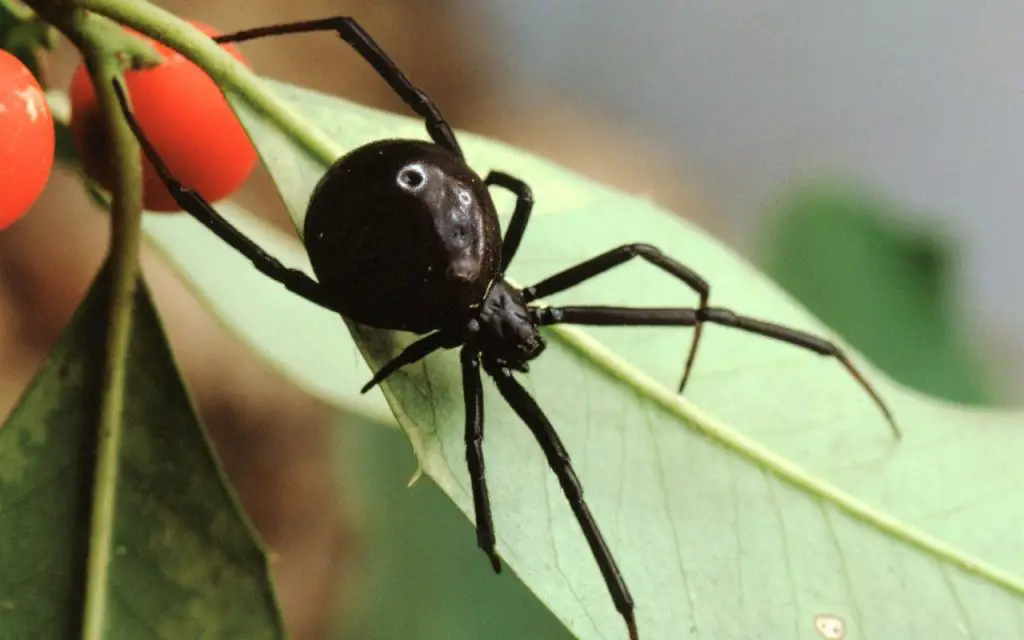
How do you take care of a black widow spider?
Black Widow Spiders are easy to take care of. First off, make sure you provide them with a securely closing enclosure, that still has some tiny air holes for ventilation. Aside from this, the main things they need are food and water. You can give them crickets or mealworms, and mist the enclosure with a spray bottle every couple of days.
Can black widows be kept as pets?
Black Widows can be kept as pets, so long as it is legal to do so in your state, town, or province. Unlike some spiders, they don’t tend to try to rush out when you open their enclosure. They are in fact calm pets that stay in their web and wait patiently for feeding day.
What can I feed my black widow?
You can a Black Widow any small bug, from a cricket to a woodlouse. They really aren’t too picky! That said, I would avoid feeding them any kind of wasp. You should also avoid feeding them other spiders, some of which could possibly turn around and kill your pet.
Disclaimer: I am not advising you to keep any venomous or otherwise dangerous animal. You do so at your own risk. Information provided here is for the welfare of any arachnid that someone decides to keep – not to encourage individuals to do so. Thespiderblog.com bears no responsibility any injury that keeping a venomous animal may incur.

